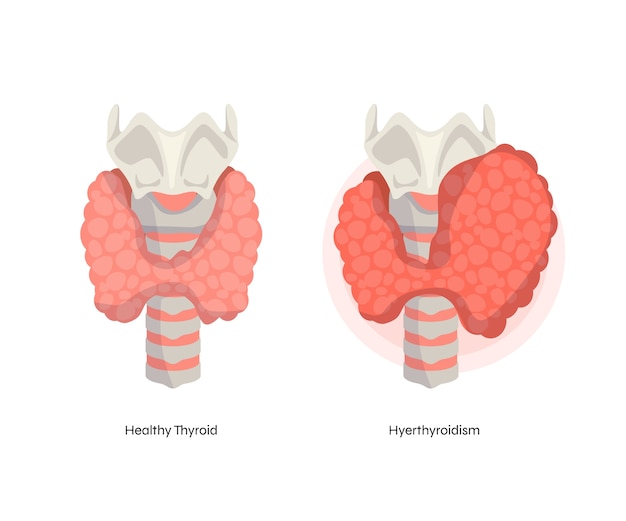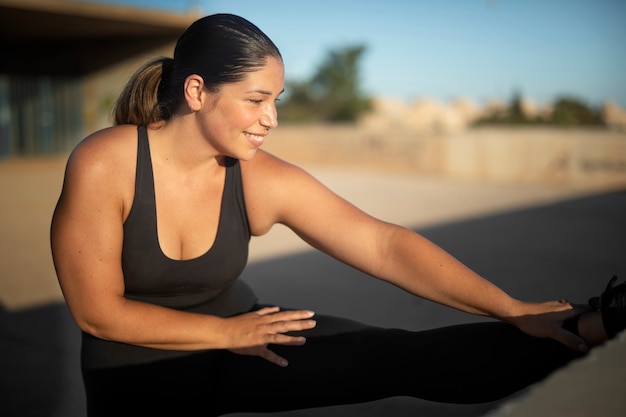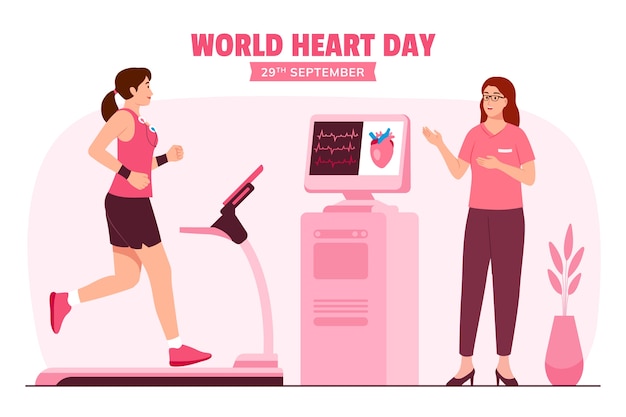Supporting thyroid health goes beyond diet and medication. Movement—especially low-impact core and balance exercises—can play a vital role in regulating metabolism, reducing stress, and improving overall hormonal balance. For individuals managing hypothyroidism, Hashimoto’s, or general thyroid dysfunction, high-intensity workouts may sometimes do more harm than good. That’s where gentle, stabilizing routines come in.
This guide explores 12 science-backed, low-impact core and balance exercises specifically designed to support thyroid function. Each tip includes clarity on what to do, why it works, and how to adapt it for your fitness level.
The thyroid gland regulates metabolism, energy production, and hormone balance. Chronic stress, poor posture, and inactivity can disrupt this delicate system. Core strength and balance training help by:

Sit or lie down comfortably. Place one hand on your chest, the other on your belly. Inhale deeply through your nose, letting your abdomen rise. Exhale slowly through pursed lips.
Why it works: Activates the parasympathetic nervous system, lowering stress hormones that can suppress thyroid function.
Adapt: Practice for 5 minutes daily. Increase duration as tolerance improves.
Lie on your back with knees bent. Gently rock your pelvis upward, flattening your lower back against the floor, then release.
Why it works: Engages deep core muscles and improves spinal mobility, supporting posture and nerve flow.
Adapt: Perform 10–15 reps. Use a pillow under the head for comfort.
Lie on your back, arms extended toward the ceiling, knees bent at 90 degrees. Slowly lower one arm overhead and the opposite leg, then return. Keep your lower back pressed to the floor.
Why it works: Builds core stability without spinal compression, ideal for low-energy days.
Adapt: Only move limbs halfway down if full range is challenging.
Sit tall in a chair. Lift one knee slightly, then the other, alternating in a marching motion.
Why it works: Engages core and hip flexors gently, promoting circulation and coordination.
Adapt: Add arm movements for increased engagement.
Walk in a straight line, placing the heel of one foot directly in front of the toes of the other.
Why it works: Enhances balance and proprioception, stimulating the nervous system gently.
Adapt: Use a wall for support if needed.
Stand behind a chair, holding the backrest. Lift one knee at a time, keeping your torso stable.
Why it works: Builds core engagement and leg strength with minimal joint impact.
Adapt: Reduce range of motion if balance is unstable.
On hands and knees, alternate between arching your back (cow) and rounding it (cat) with your breath.
Why it works: Mobilizes the spine, improves diaphragm movement, and supports thyroid blood flow.
Adapt: Perform slowly; avoid if wrist pain occurs.
Stand with your back against a wall, slide down into a seated position with knees at 90 degrees.
Why it works: Builds endurance in legs and core with static support.
Adapt: Hold for 15–30 seconds; don’t go too low if knees are sensitive.
Stand on one leg, hands on hips, for 20–30 seconds. Switch sides.
Why it works: Improves balance and engages stabilizing core muscles.
Adapt: Hold onto a counter if needed; keep eyes open for stability.
Sit on a chair, feet flat. Gently twist your torso to one side, using the chair back for leverage.
Why it works: Stimulates digestion and spinal nerves connected to endocrine function.
Adapt: Keep movements small and controlled.
Lie on your back, knees bent. Lift your hips slightly off the floor, engaging glutes and core.
Why it works: Opens the chest and improves posture, enhancing oxygen flow.
Adapt: Only lift a few inches; avoid if you have neck issues.
Practice slow, flowing movements like "Wave Hands Like Clouds" or "Lifting the Sky."
Why it works: Combines breath, balance, and gentle motion to reduce stress and support endocrine health.
Adapt: Start with 5-minute sessions; follow guided videos.

Supporting your thyroid doesn’t require intense workouts. Consistent, mindful movement that builds core strength and balance can make a meaningful difference in energy, mood, and hormonal regulation. Start with 2–3 exercises daily, focusing on form and breath. Over time, these low-impact practices can become a cornerstone of your thyroid wellness routine.
Always consult with a healthcare provider before starting a new exercise program, especially if you have joint issues, balance concerns, or advanced thyroid disease.

Wellness

Wellness

Wellness

Wellness

Fitness

Wellness

Wellness

Fitness

Fitness

Wellness

Wellness

Wellness

Health

Fitness

Health

Health